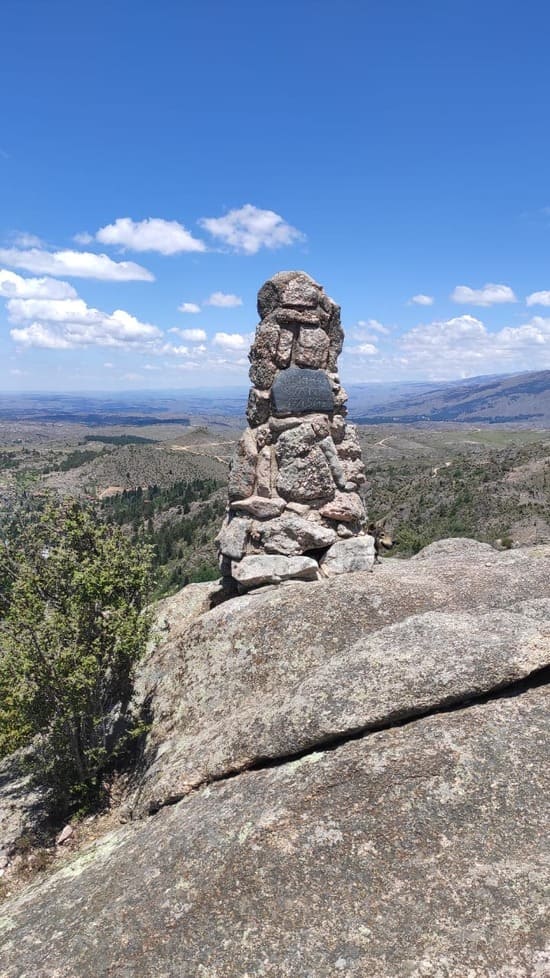Erotic Pompeii: The City was really so obscene? : A little of History.
Erotic Pompeii: Traveling to a Different Pompeii, we will answer that question. Pompeii is located in the south of Italy. barely two hours away by train from Rome. The story is quite familiar. The city is located on the slopes of Vesuvius, a volcano that on August 24, 79 AD, broke and buried the city in a sea of ash. More than 20,000 people died in that event.
It remained in oblivion until the eighteenth century, when under the domination the location of this city was rediscovered (the name was not even known) and excavations began.




